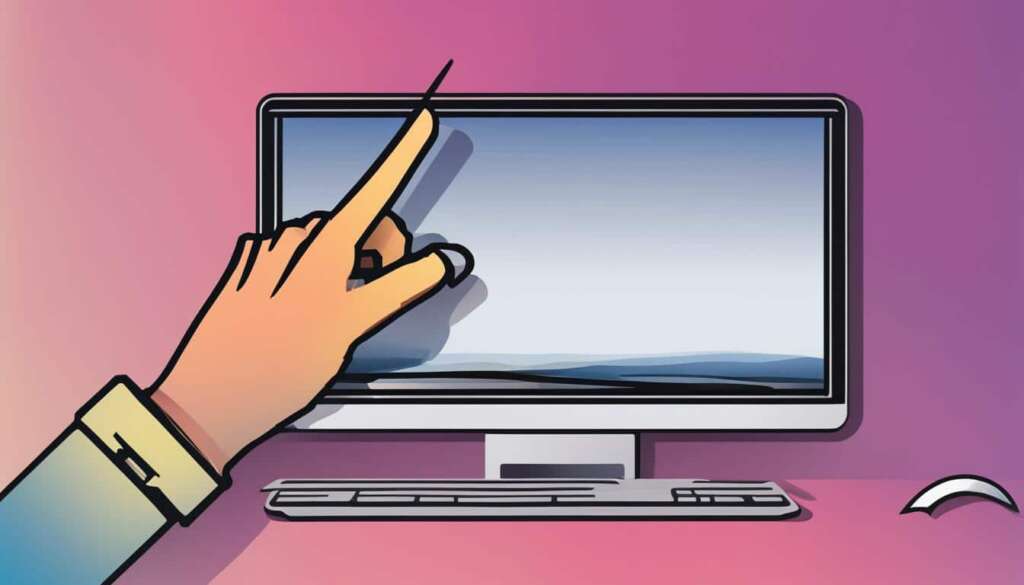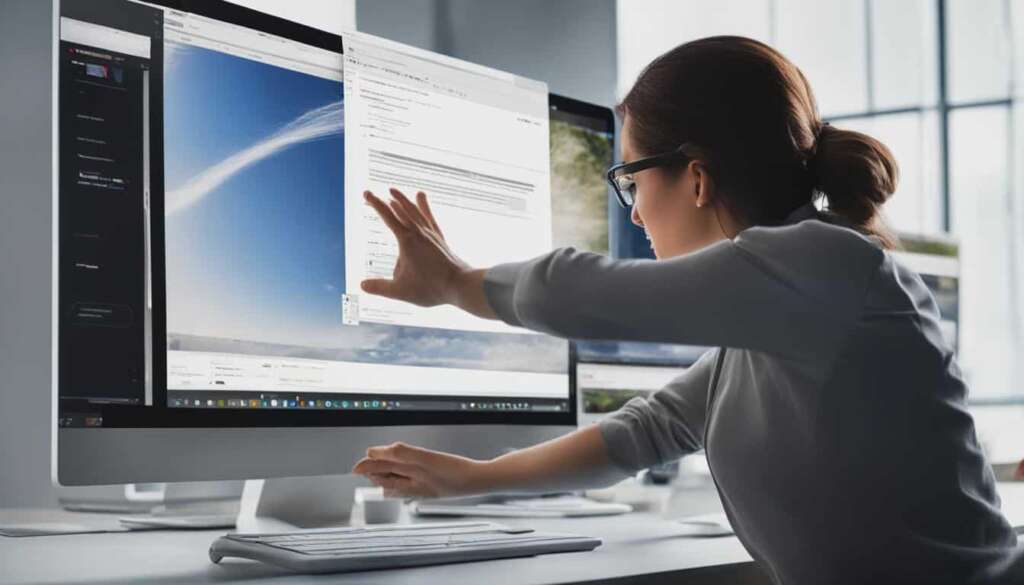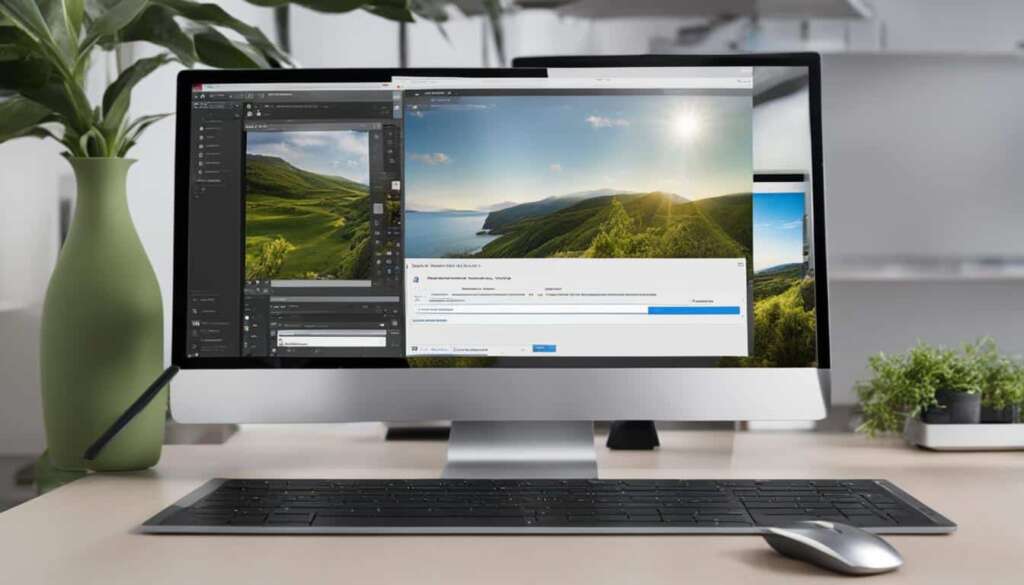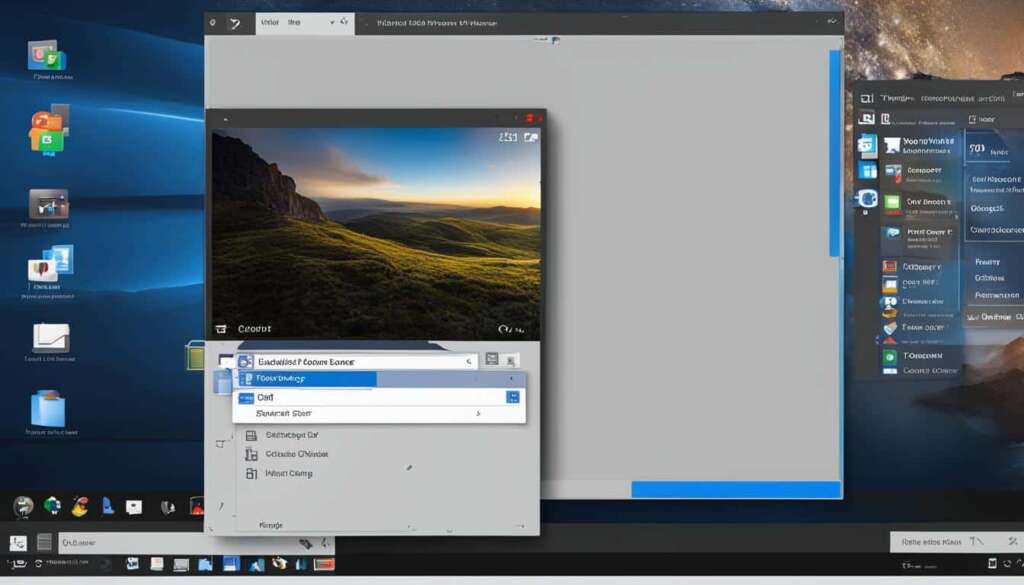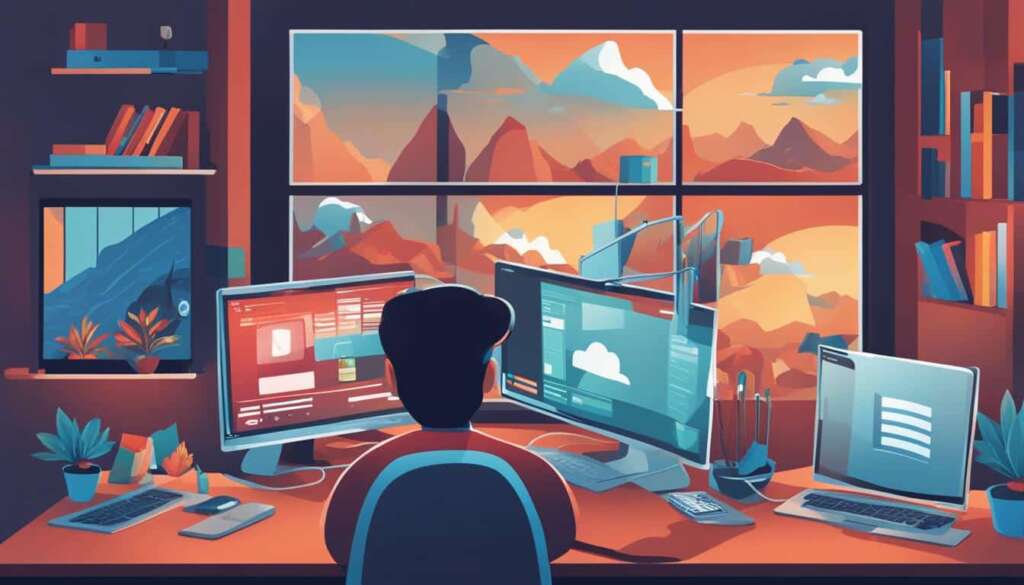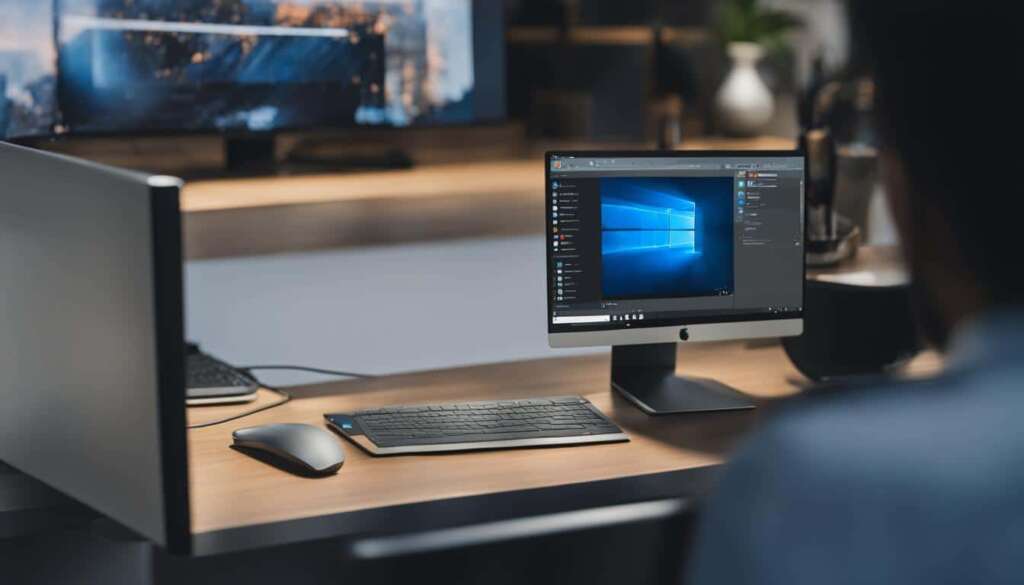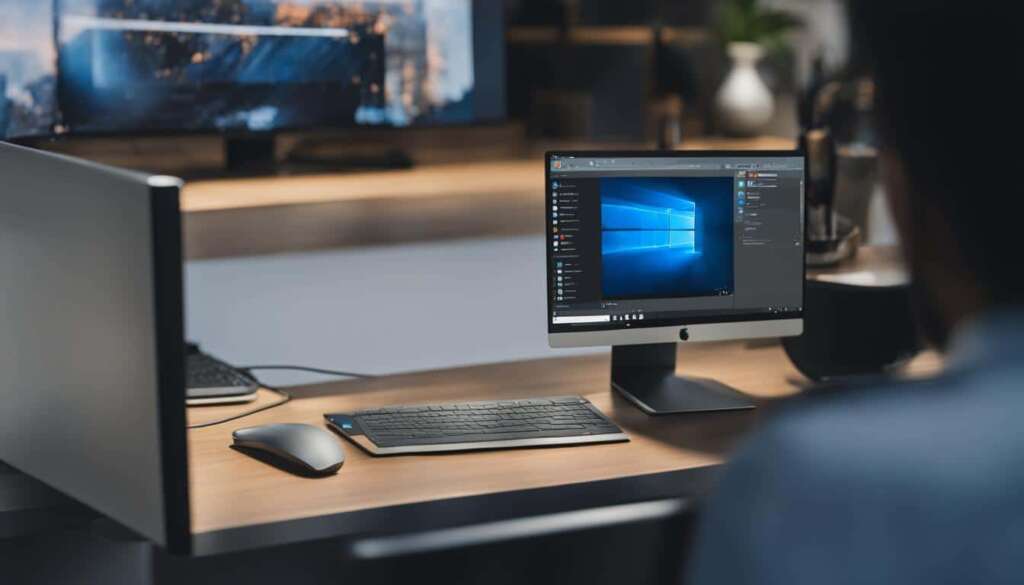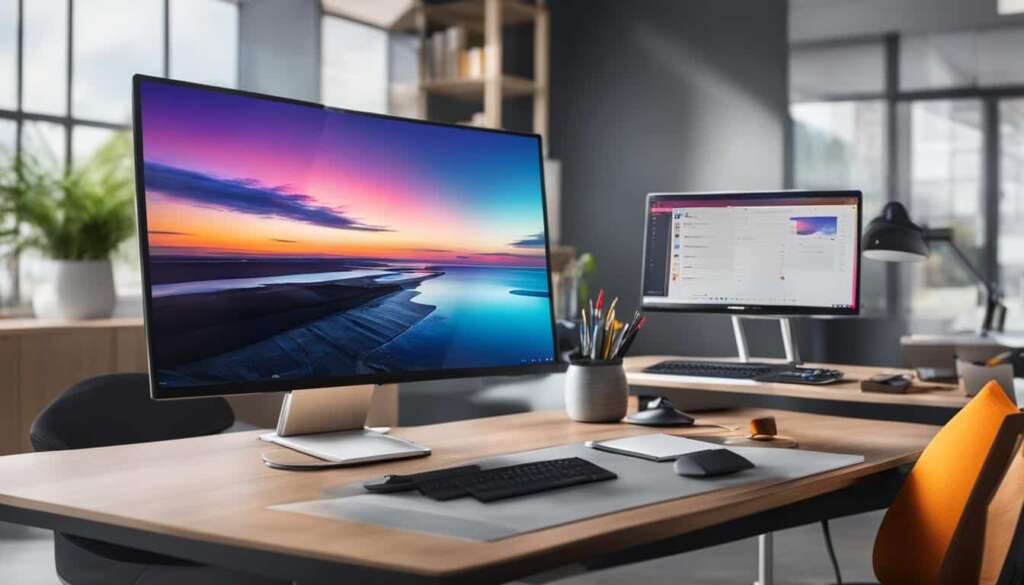Table of Contents
In today’s digital age, our computers are filled with countless programs and applications that make our lives easier and more efficient. However, it can be frustrating when we can’t find the icons for these programs on our desktops. But fear not! There are multiple solutions available to open programs without desktop icons, ensuring seamless productivity and convenience.
So, how do you open a program when there are no icons on the desktop? Let’s explore some simple yet effective methods to launch programs without desktop shortcuts, icons, or any visual cues.
One approach is to utilize the Start Menu in Windows. By clicking on the Start Menu icon or pressing the Windows key on your keyboard, you can access a search feature that allows you to find and open programs quickly. This method saves you the hassle of meticulously searching for desktop icons.
Another option is to take advantage of the powerful Windows Search tool. By typing the name of the program you’re looking for in the search bar, relevant results will appear instantly. Windows Search simplifies the process of opening programs without icons, making your workflow smoother and more efficient.
If you prefer quick and direct access, you can utilize the Run Command prompt. By pressing the Windows key + R on your keyboard, you can execute commands and open programs without navigating through menus. This streamlined method ensures effortless program launching, even when desktop icons are not visible.
Additionally, you can use File Explorer, an inbuilt feature of Windows, to browse through your computer’s files, folders, and programs. Navigation through File Explorer or using the search bar within it grants you easy access to programs, reducing the reliance on desktop icons.
Lastly, you have the power to customize your desktop layout by creating desktop shortcuts for frequently used programs. With these shortcuts, you can quickly access programs without cluttering your desktop with numerous icons. By personalizing your desktop layout, you can create a clean and organized workspace that enhances your productivity.
With these methods at your disposal, you can confidently open programs when desktop icons are nowhere to be found. Embrace efficiency and productivity by exploring alternative ways to access your favorite programs – no icons required!
Understanding the Iconless Desktop Situation
The iconless desktop situation can be challenging, especially if you’re unfamiliar with Windows 10. However, there are multiple methods available to open programs even without visible icons on the desktop. Let’s explore some of these options:
1. Using the Search Bar
One way to open programs without icons on the desktop is by utilizing the search bar. Simply click on the search bar, located at the bottom left corner of the screen, and type in the name of the program you want to open. Windows will display relevant search results, allowing you to launch the desired program in just a few clicks.
Another method involves navigating through the applications folder in File Explorer. Open File Explorer by pressing the Windows key + E, then locate the “Applications” folder. Inside this folder, you’ll find shortcuts to all your installed programs. Simply click on the program you want to open, and it will launch.
3. Utilizing Keyboard Shortcuts
Keyboard shortcuts provide a quick way to open frequently used programs without relying on desktop icons. Popular programs often have unique keyboard shortcuts assigned to them. For example, pressing Windows key + R opens the Run Command prompt, where you can type the name of the program’s executable file to launch it.
4. Accessing the “All Apps” Feature in Windows 10
In Windows 10, you can access the “All Apps” feature to view a list of all installed programs. To do this, click on the Start Menu icon, located at the bottom left corner of the screen, then select “All Apps.” A complete list of installed programs will appear, allowing you to select and open the desired program.
5. Creating Shortcut Icons on the Desktop
If you frequently use specific programs, you can create shortcut icons directly on your desktop for easy access. To do this, open the Start Menu, locate the program you want to create a shortcut for, right-click on it, and select “Create shortcut.” The shortcut icon will then appear on your desktop, allowing you to open the program with a single click.
These methods provide you with various options to open programs efficiently, even when desktop icons are not visible. By mastering these techniques, you can navigate through your computer seamlessly, ensuring easy access to your favorite applications.
Utilising the Start Menu for Program Opening
The Start Menu in Windows is a versatile tool that provides easy access to all your programs. Whether you need to open a frequently used application or search for a specific program, the Start Menu has got you covered. Here’s how you can make the most of the Start Menu to open programs efficiently:
- Click on the Start Menu Icon: To begin, simply click on the Start Menu icon located at the bottom-left corner of your screen. Alternatively, you can press the Windows key on your keyboard to open the Start Menu.
- Search for Programs: Once the Start Menu is open, you’ll find a search bar at the top. Type the name of the program you’re looking for and relevant results will appear instantly. This search functionality enables you to quickly locate and open the desired program without any hassle.
- Navigate Through Folders and Shortcuts: If you prefer a more visual approach, you can navigate through various folders and shortcuts within the Start Menu. Simply click on the desired folder to expand it and reveal the programs inside. This allows you to browse through different categories or directories to find the program you want to open.
- Pin Programs for Quick Access: To further streamline your workflow, you can pin your frequently used programs to the Start Menu. Right-click on the program’s icon and select “Pin to Start.” This will create a shortcut on the Start Menu, making it easily accessible for future use. You can customize the order of these pinned programs by dragging and dropping them to your preferred positions.
The Start Menu is a user-friendly interface that simplifies the process of opening programs on Windows. It offers flexibility through both search functionality and visual navigation, ensuring that you can quickly find and launch the programs you need.
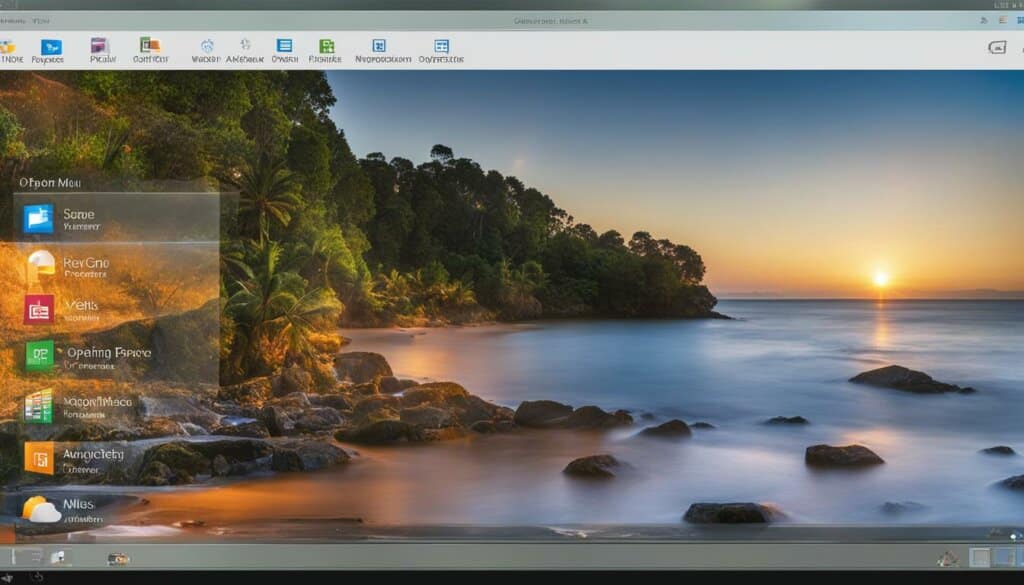
Searching for applications using Windows Search
When it comes to quickly finding and opening your desired programs or documents on your computer, Windows Search is your ultimate ally. This powerful tool simplifies the process of searching for applications without relying on desktop icons.
To utilize Windows Search, simply type the name of the program you are looking for into the search bar. Instantly, relevant results will appear, allowing you to quickly locate and open the desired application. Whether your program is buried deep within folders or hidden in a cluttered desktop, Windows Search effortlessly retrieves the right files with just a few keystrokes.
With Windows Search’s speed and efficiency, you can bid farewell to the tedious hunt for desktop icons and navigate directly to the applications you need. This not only saves time but also enhances productivity, ensuring that you have easy access to all the programs you require.
Benefits of Utilizing Windows Search
- Time-saving: With its lightning-fast search functionality, Windows Search delivers instantaneous results, enabling you to access programs without delay.
- Efficiency: By eliminating the need to manually search for icons or navigate through folders, Windows Search streamlines the process of opening programs, ensuring a smooth and seamless user experience.
- Comprehensive results: Windows Search presents comprehensive search results that include not only applications but also documents, files, and other relevant items, making it a versatile tool for all your search needs.
- Customizability: You can further enhance your search experience by customizing the settings of Windows Search to prioritize specific file types, locations, or even exclude certain folders from the search results.
In a world where time is of the essence, Windows Search empowers you to quickly and efficiently find the applications you need, without relying on desktop icons. Experience the convenience and speed that Windows Search brings to your everyday computing tasks.
Launch Program via Run Command prompt
The Run Command prompt in Windows is a powerful tool that allows you to quickly execute commands and open programs without going through extensive menus. It provides a convenient way to access programs when there are no icons on the desktop.
To open the Run Command prompt, simply press the Windows key + R on your keyboard. This will bring up a small dialogue box where you can enter commands.
To launch a program using the Run Command prompt, type the name of the program’s executable file and hit Enter. The executable file is the file that directly launches the program when executed.
For example, if you want to open the Command Prompt, you can type “cmd” (without the quotes) in the Run box and press Enter.
The Run Command prompt also allows you to open programs with specific commands or shortcuts. For example, you can open the Task Manager by typing “taskmgr” or open the Control Panel by typing “control”.
Using the Run Command prompt saves you time and provides a quick and efficient way to access programs without relying on desktop icons. It is especially useful when you need to open a program quickly or if you prefer using keyboard shortcuts.
Common Run Commands for Popular Programs
| Program | Run Command |
|---|---|
| Command Prompt | cmd |
| Task Manager | taskmgr |
| Control Panel | control |
| Calculator | calc |
| Notepad | notepad |
Using File Explorer
File Explorer is an essential feature of Windows that provides a seamless way to navigate through files, folders, and programs on your computer. It offers a convenient alternative for opening programs when desktop icons are not accessible. With File Explorer, you can effortlessly browse and access your programs in just a few simple steps.
To open programs using File Explorer, follow these steps:
- Launch File Explorer by pressing the Windows key + E on your keyboard or by right-clicking the Start Menu and selecting “File Explorer”.
- Navigate to the desired program by browsing through folders or by using the search bar located at the top-right corner of the File Explorer window.
- If you prefer browsing through folders, double-click on the drive that contains your program files and navigate through the folders until you find the specific program you want to open.
- Alternatively, you can use the search bar to quickly search for a program by its name. Simply type the name of the program into the search bar, and File Explorer will display relevant results.
- Once you have located the program, double-click on its icon to open it.

File Explorer offers a user-friendly interface that allows you to efficiently browse and manage your programs. Whether you need to access a specific program or explore the contents of your computer, File Explorer is a versatile tool that simplifies your computing experience.
Customising your desktop layout with shortcuts
Customizing your desktop layout can greatly enhance your productivity and make it easier to access frequently used programs. One effective way to achieve this is by creating desktop shortcuts.
To create a shortcut, simply right-click on the icon or executable file of the program you want to have quick access to. Then, select “Create Shortcut.” This will generate a shortcut file that you can conveniently drag onto your desktop.
By utilizing desktop shortcuts, you can organize your desktop icons in a way that reflects your workflow, making it effortless to locate and open essential programs. This way, you can reduce clutter while maintaining easy access to the tools you use regularly.
Furthermore, you can customize your desktop even further by right-clicking on an empty area and selecting “View.” From here, you can choose to display or hide desktop icons based on your preferences. This allows you to further streamline your desktop layout and create a clean and organized workspace.
FAQ
How do you open a program when there are no icons on the desktop?
There are several ways to open programs without desktop icons. You can use the Start Menu, search for the program, utilize keyboard shortcuts, access the taskbar, create desktop shortcuts, or customize your desktop. These methods provide you with various options to open programs efficiently, even when desktop icons are not visible.
How can I open a program without a desktop shortcut?
If you don’t have a desktop shortcut for a program, you can still open it using alternative methods. You can search for the program in the Start Menu or use the search bar in Windows to find it. Additionally, you can access the program through File Explorer by navigating through the applications folder or by creating a desktop shortcut yourself.
Can I open a program without a desktop icon?
Yes, it is possible to open programs even if you don’t see their icons on the desktop. You can use the Start Menu to search for the program, employ keyboard shortcuts for popular programs, access the taskbar for frequently used programs, or customize your desktop by creating shortcuts for easy access.

